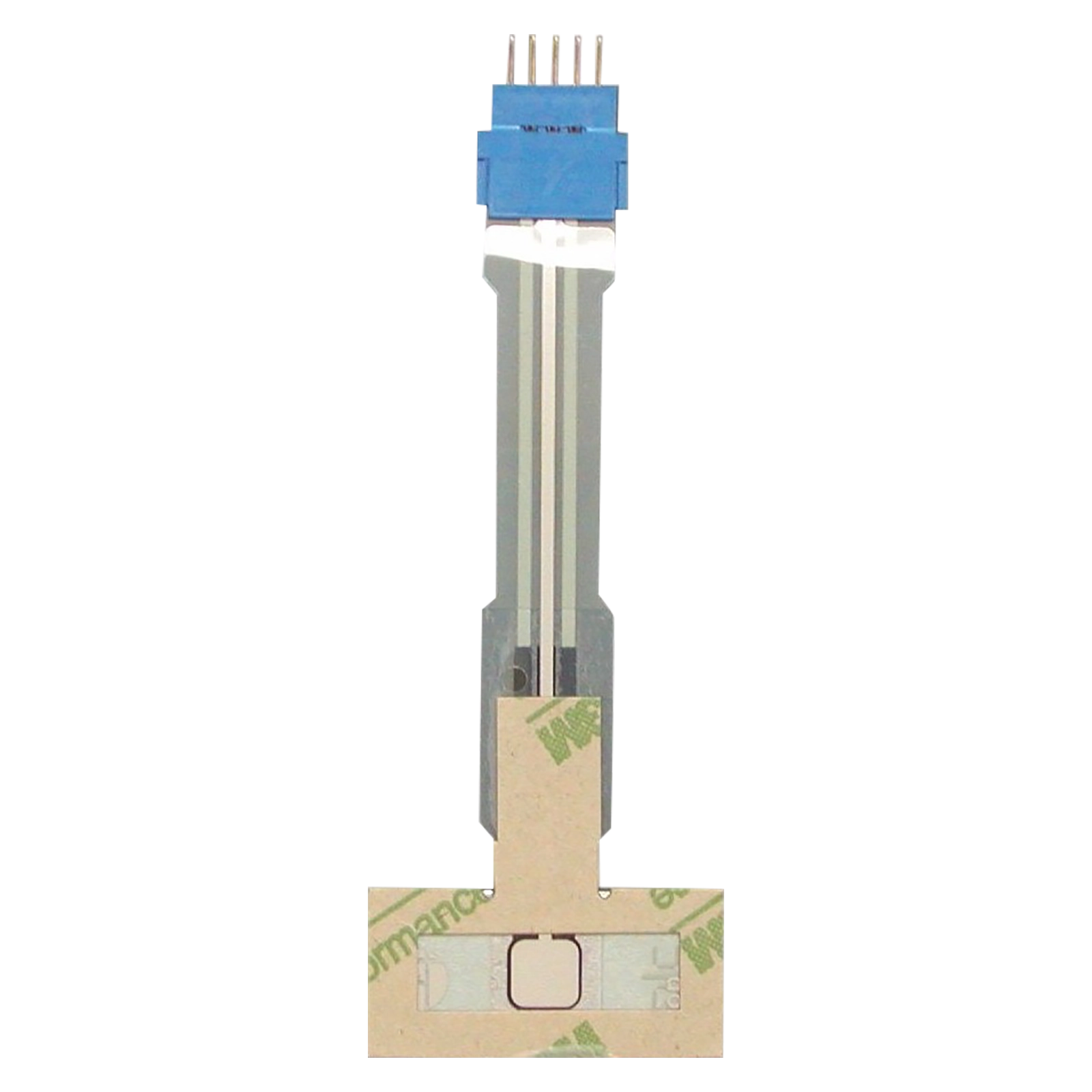The Role of Membrane Switches in Enhancing Product Durability and Reliability
Why Membrane Switches Over Are Necessary for Sturdy Control Equipment
Membrane switches play an essential role in ensuring the sturdiness and dependability of control systems across numerous sectors. As we check out the complex benefits of membrane layer switches, it ends up being noticeable that their importance goes beyond simple functionality, affecting customer experience and operational effectiveness.
Introduction of Membrane Layer Buttons
Membrane layer buttons are versatile and trusted parts generally utilized in numerous electronic control systems. These buttons consist of a number of layers, including a graphic overlay, a spacer layer, and a printed circuit layer. The graphic overlay gives both functional and aesthetic layout, while the spacer layer guarantees that the buttons are activated just when pushed. The published circuit layer has conductive traces that complete an electrical circuit when the membrane layer is pushed, enabling the gadget to react to individual inputs.
Membrane switches are frequently favored in applications calling for a portable and lightweight design, making them ideal for portable devices, clinical devices, and industrial equipment. They can be tailored to meet specific user demands and can include various attributes such as backlighting, tactile responses, and multiple colors. Membrane layer switches are immune to dirt, moisture, and pollutants, making them appropriate for environments where longevity is important.
Advantages of Durability
In several applications, the durability of membrane layer switches offers substantial benefits that improve their overall performance and dependability. These switches are developed to endure rough settings, making them ideal for use popular problems such as high moisture, severe temperature levels, and exposure to chemicals. Their robust building aids to stop damages from physical effect, ensuring lasting capability and lessening the need for frequent replacements.
Furthermore, membrane buttons are resistant to deterioration, which is essential in applications where regular interaction takes place. This longevity converts to reduce upkeep costs, as companies take advantage of minimized downtime and less solution disturbances. The encapsulated design of membrane switches over safeguards interior parts from dirt and dampness ingress, further adding to their life expectancy (membrane switch).
Another advantage is their capability to preserve consistent performance gradually. With a high tolerance for mechanical stress, these buttons protect their tactile feedback and electrical stability, making sure customer contentment. Ultimately, the toughness of membrane changes not only improves operational efficiency however likewise promotes confidence in their reliability, making them a preferred selection for control systems throughout different fields.
Applications in Different Industries
Durable control systems employing membrane switches find considerable applications throughout a variety of sectors, each taking advantage of the distinct qualities these switches supply. In the clinical sector, membrane buttons are essential for devices such as client screens and analysis equipment, where dependability and simplicity of cleaning are vital. Their resistance to wetness and home pollutants ensures they maintain performance in sterile environments.
The vehicle market leverages membrane layer switches for control panel controls and infomercial systems, where they provide smooth, low-profile interfaces that enhance customer experience. These buttons are likewise made to stand up to rough problems, including direct exposure to extreme temperatures and vibrations.
In commercial settings, membrane buttons are frequently utilized in machinery control board, offering tactile feedback and toughness essential for high-usage applications. Their capacity to withstand chemicals makes them ideal for producing settings where spills and contaminants are constant.

Consumer electronic devices, such as kitchen devices and remotes, also utilize membrane layer buttons for their adaptability and cost-effectiveness. In general, the adaptability and durable nature of membrane layer switches over make them indispensable across different markets, ensuring reliable procedure and durability in control systems.
Style and Aesthetic Charm
While performance is critical, the layout and visual appeal of control systems equipped with membrane layer buttons play a critical function in individual interaction and total experience (membrane switch). The visual style of these switches can considerably affect individual assumption and communication. A well-designed membrane layer button improves the attractiveness of the tool, making it more attractive to customers and fostering a connection in between the individual and the product
Membrane layer switches over offer a terrific deal of adaptability in style, permitting makers to personalize graphics, colors, and structures to line up with brand name identification and product appearances. Making use of vivid colors and distinctive patterns can attract interest, while tactile comments can enhance the individual's communication with the device. Additionally, the capability to dig this integrate LED indicators and backlighting into the membrane layer switch layout supplies both practical and visual benefits, improving exposure and functionality in different environments.

Enhancing User Experience

In addition, membrane switches can be tailored to include graphical user interfaces, boosting usability by providing information in a clear and user-friendly fashion (membrane switch). This personalization can include symbols, tags, and shade coding that guide users with complicated performances easily. Furthermore, their adaptability permits assimilation in different settings, ensuring consistent efficiency whether in industrial machinery or customer electronic devices
The resilience of membrane layer switches also plays an important role in customer experience. By holding up against severe problems and prolonged usage, these switches minimize the probability of system failures, therefore promoting reliability and customer self-confidence. Ultimately, the tactical use membrane switches over not just raises capability yet also significantly enhances individual interaction with control systems, making them a crucial part in modern design.
Final Thought
